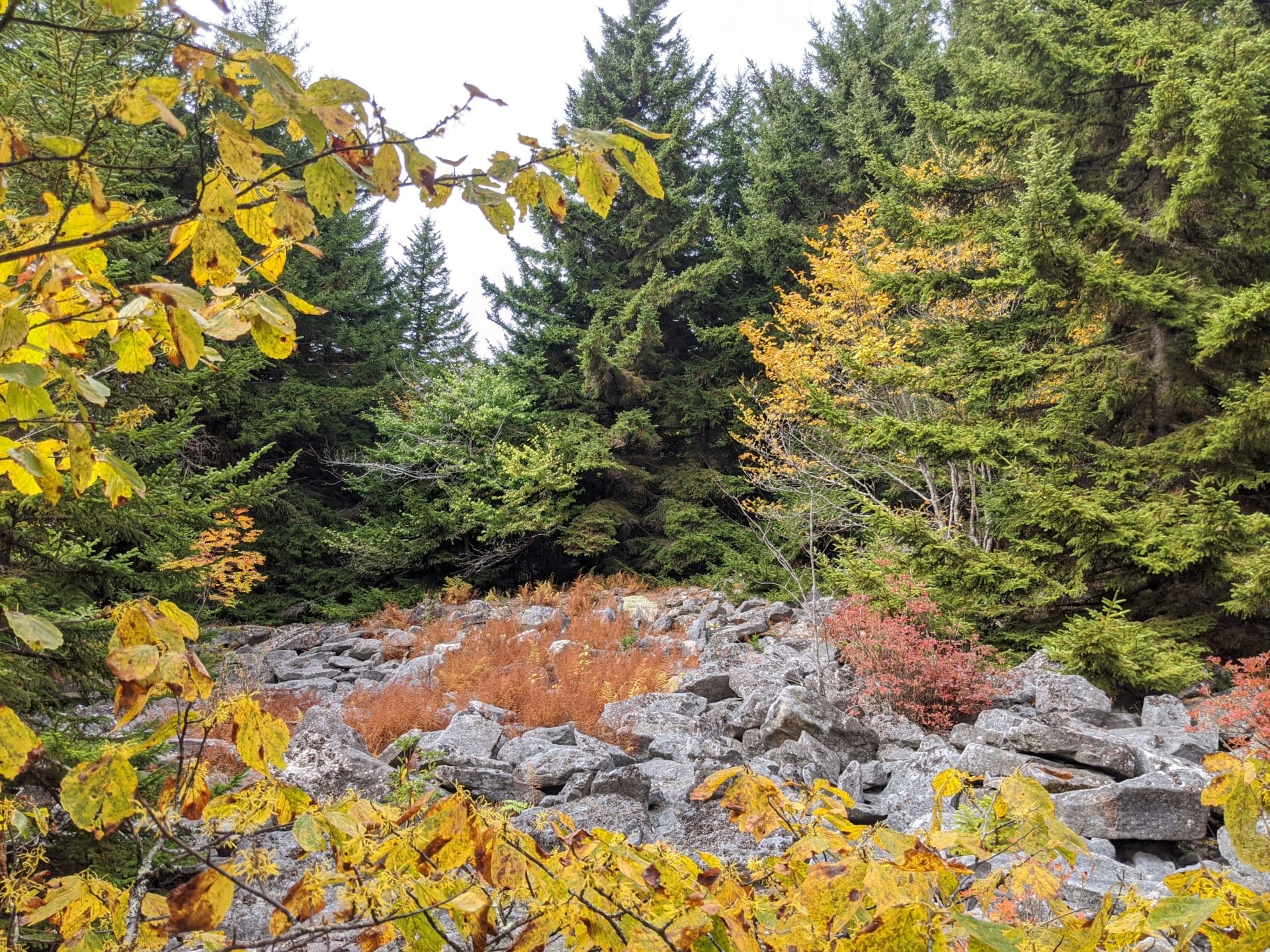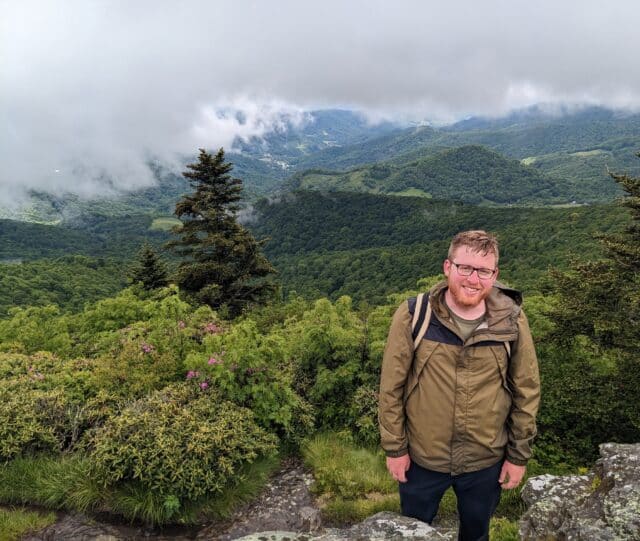Rhododendron Conservation and CollectionsRhododendron collection curation
In progress

Situation
How can we build a Rhododendron collection to meet the needs of HF&G staff and our partners and provide an inspiring guest experience?
Our Research
Rhododendrons have a storied history, both locally and across the world, and they have thrilled gardeners for centuries. The genus contains roughly one thousand wild-occurring species, and man-made selections number in the tens of thousands. How do we decide which rhododendrons to include in our plant collection?
Much of the rationale is our history and the history of Northeast Ohio. HF&G has had a rhododendron collection since 1940, and we currently have two gardens and the David G. Leach Research Station, comprising about 60 acres dedicated to rhododendrons. Our gardens contain many hybrids developed by local nurserymen in Northeast Ohio, and we have become the stewards of these plants and their stories.
In addition to horticulturally important plants, we collect rhododendrons for scholarship. Our David G. Leach Research Station houses hundreds of one-of-a-kind rhododendrons developed in our breeding program and available for study. We also have many in-house staff and external researchers using our collection to answer questions about plant ecology, physiology, genetics, and climate change.
What makes a high-quality plant in our collection? Data. The more we know about a plant – its identity, its pedigree, where in the world it came from, who collected or developed it, when we received it, any stories associated with it – the more opportunities there are for study. We can take taxa in our collection and iterate over the above criteria, constantly seeking new versions of the same plants to improve the data associated with them. Other plants, such as Leach cultivars we received directly from David Leach, are as high quality as it gets, and we make sure to preserve these in perpetuity.
Most recently we’ve been working to improve the conservation value of our rhododendron collection. Throughout HF&G’s history, we have focused on garden plants, but we have opportunities to assist in the conservation of rare and threatened rhododendrons too. The best place to conserve rhododendrons, of course, is in their native habitats. But what happens if those disappear or become too degraded? By maintaining living collections of rare plants, we ensure they are preserved for as long as we can care for them.
Keywords
Rhododendron, collections, research, conservation, display










